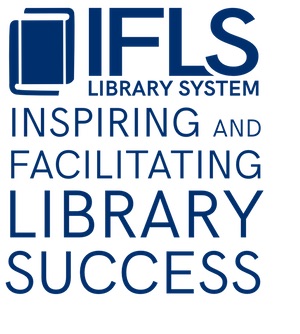I had a chance to watch a recorded webinar this afternoon: More Than Welcome: Libraries Serving Families of Young Children with Disabilities, which is a culminating project by the University of Kentucky’s Human Development Institute (funded by the Institute for Museum and Library Services). I recommend it! In case you don’t have time, or you need a better teaser about the topics of the webinar:
- Libraries are already doing a LOT of things well!
- There is a gap in other opportunities for kids with disabilities in rural areas, and libraries can fill that gap! You don’t have to have specific programs or tons of space and money in order to make your programs and spaces more inclusive of kids with disabilities and their families.
- The team created a wonderful self-assessment tool: Inclusive Library Spaces and Programs Self-Assessment to check out.
There are a few key areas that you can tweak at your library to make a difference in terms of how inclusive they are to children with disabilities. I’m going to summarize tips in 3 separate blog posts, today we’ll cover:
ENVIRONMENT
A play area that allows for social interaction for kids and their caregivers, and opportunities for cognitive, social, and emotional development is wonderful. Here are some suggestions for making those areas especially effective for kids with disabilities
- Try to provide a quiet zone in your bustling children’s area for kids who need a break from overstimulation
- This can be fancy, like a whole separate sensory room
- It can also be a decorated large cardboard box that provides an area to retreat to
- Provide opportunities for active engagement with materials
- Up to 95% of science learning in young kids is informal. Offering STEM engagement opportunities is a gap that needs filling, especially in rural areas!
- Multi-sensory learning opportunities that allow for visual, auditory (instruments), olfactory (scented jars or markers), and tactile opportunities
- Provide opportunities for kids and adults to engage with each other
- Cooperative play opportunities
- Equipment/toys that several kids can access together
